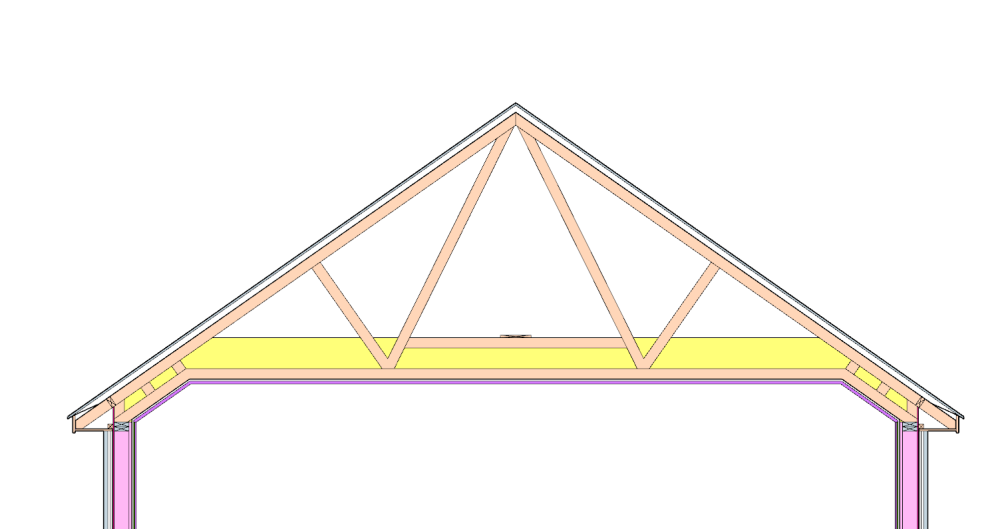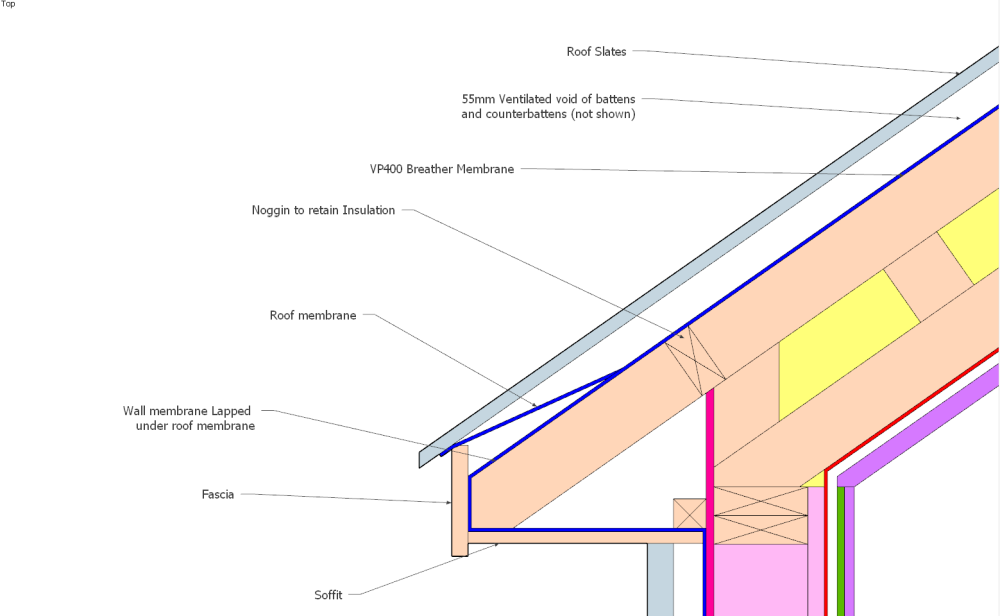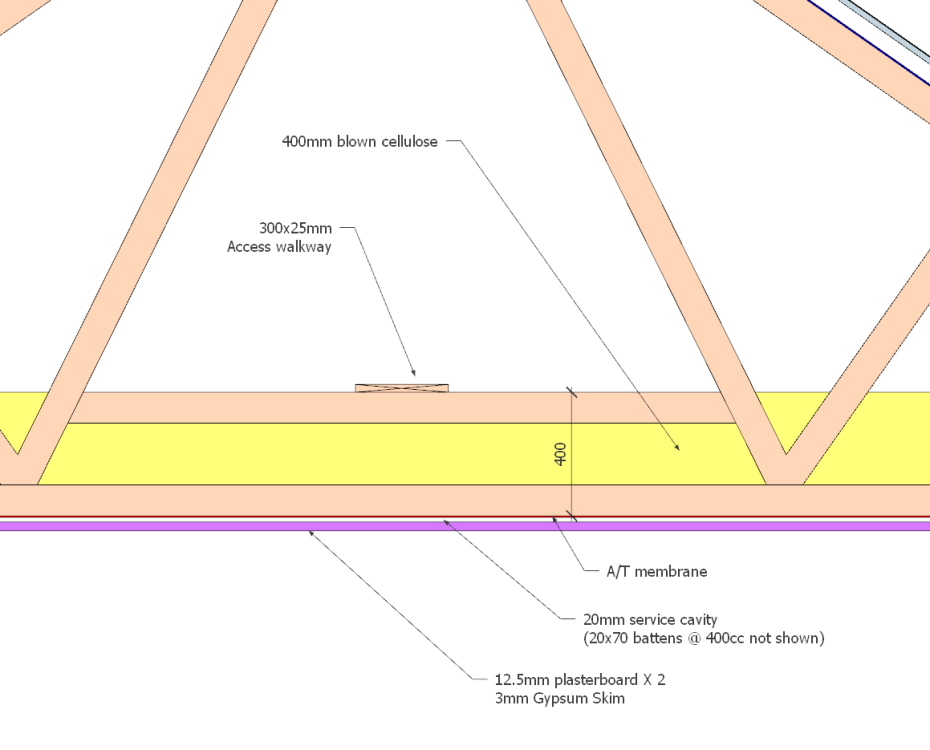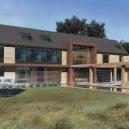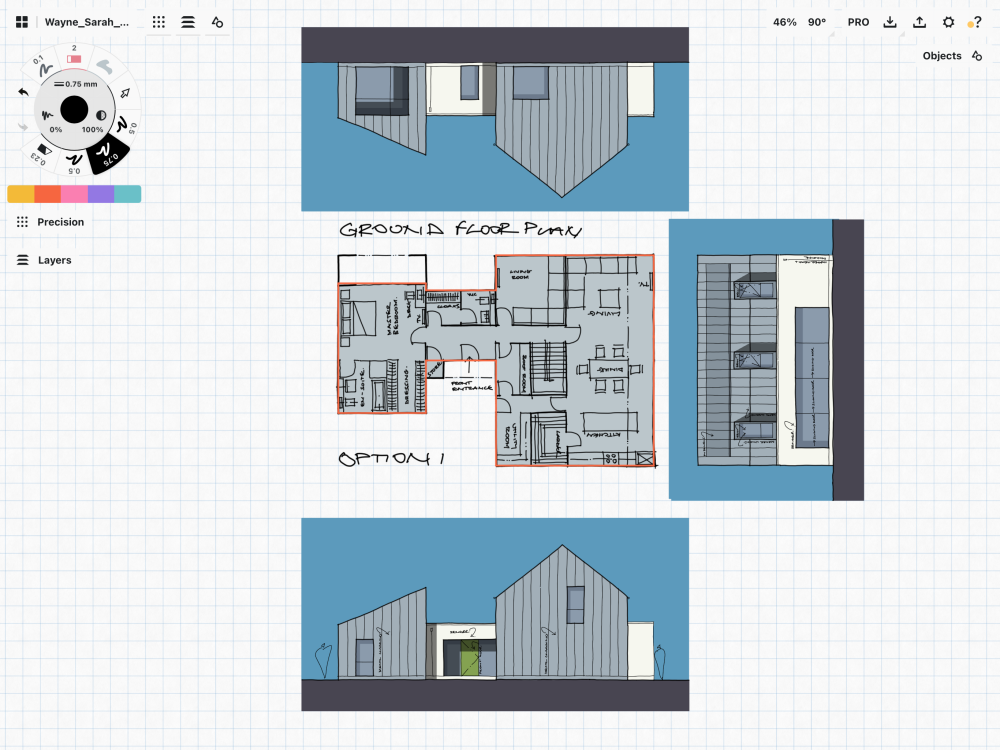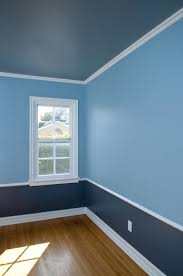Leaderboard
Popular Content
Showing content with the highest reputation on 09/29/24 in all areas
-
Despite the yellow weather warning we luckily had the coastal wind pushing it away, most of it fell on Tuesday but only 6mm The trench foundations are excavated and inspected. Then the concrete poured, and the first blocks laid followed by dolly blocks and internal supporting wall starter blocks Total man days of labour for week 2 is 131 point
-
Another beautiful week in Cornwall only 7mm of rain on the Sunday The week starts with laying the soil pipes then it was sand, hardcore, burying the soil pipes, laying the radon barrier, mesh and more concrete for the slab leaving a lovely surface to start the ICF walls next week. And the field was cut and baled, not as much as a normal September cut due to us moving our spoil down to the far field and tramping the grass down and making a very very muddy gateway between our two fields. Nether the less it was 10 bales for our friendly farmer Rob. Total man days of labour week 3 is 9 man days Cost to date Brought forward from blog Building Regs, Part O and SAP £14625 Refund from Architect £300 Fee to LABC for inspections £600 Foundations Weeks 1 to 3 £30,000 Total to date £449251 point
-
Yes, this is the point!!!! This was my leading enquiry with all the designer i.e what was their vision for IWI strategy and then my thoughts and preferred solutions and if that deferred from theirs would the be prepared to work with my vision. Thanks for the heads up on the bat solutions. I think the proposal is the replace the existing roosts with integrated or surface mounted solutions. The ecologist I am engaged with appears very engaging. I think you’re right! Let’s see how it pans out but I have a good feeling.1 point
-
1 point
-
It’s not expensive if they save you from c**king everything up. A good architect with experience in conservation/listed building work will save you money in the long run and from those charlatans who will try and sell you quick fix solutions to a plethora of problems that can be encountered when renovating a listed building.1 point
-
I’d like to offer help to anyone who needs help doing drawings or designing their home or extension. I'm a Registered Architect with some time on my hands. I use my iPad and an app called Concepts to draw and have already helped out a few Forum members.1 point
-
I’m inclined to agree, poor analogy, this is more akin to the people building my house which from prior experience is even more variable. I was never actually against either option. I was more curious as to whether it was thought that working without a designer was a viable choice considering the relative complexity. I have actually chosen an architect as when I met them they came having reviewed the existing proposal and identified some problem I had overlooked (extremely valid) and proffered solutions. I immediately realised that despite my experience I am operating in a field unknown to me and I am used to the support and input an architect offers. I think a new build may well have resulted in a different choice. First expensive decision of many, made.1 point
-
1 point
-
Maybe not the best comparison. The garage may well have apprentices that do work on the car, just as an architectural office will have trainees and lower qualified employees working on customers' projects. It is really about management and supervision. Transparency is a different thing.1 point
-
1 point
-
The energy integral is the I part of a standard PID control loop (Proportional, Integral, Differential). Weather compensation is a feed-forward Proportional term. The closed-loop Integral term takes out any residual error and avoids long-term drift. I do not know if there is a differential term, this would be needed to cope with sudden changes of room temp or OAT which are unlikely - the classic theory was developed for radar tracking of fast-moving targets. It might though be included in the Room Temp mod settings (if used, I don't). @JamesPa Snap!1 point
-
I would and try and log electric data and actually work out costs, then switch off in the expensive period and again work out costs and compare. You may see very little difference most of the year, you may see a big difference depending on your house.1 point
-
You are correct. The classic PID (proportional, integral, differential) controller uses the current deviation of the variable (eg temperature) from the desired value, the cumulative difference between the target and actual value, and the current rate of change of the variable into account (in various proportions) to decide the change made in the controlled parameter (eg energy input) PID controllers appear in many control systems, there is a raft of theory on them and tuning them to get the right proportions of p, I and d can be 'interesting', particularly if there is long delay between changing the input and when the output changes (as there is in a heating system) or nonlinearity.1 point
-
Just to clarify… the Energy Integral for the "Vaillant Arotherm Plus" heat pump is the name given to a way that the heat pump's microprocessor controller decides when to turn off the compressor pump, and hence stop heating. And the same Energy Integral also then informs the controller when to subsequently to turn it back on again. (There is also another way the compressor turns on and off unrelated to the Energy Integral, but that's by-the-by). The Energy Integral in this case has the units of "º minutes" ("degree minutes"); note this is not degrees "per" minute. Simplified and only dealing with heating … the controller calculates the number of degrees that the "flow temperature" deviates from the "targeted flow temperature" each minute. This is then summed cumulatively each minute to keep a running total. For example… if the flow temperature in the pipe leaving the heat pump is 42º and the controller is targeting a 38º flow temperature then (42-38) = "4" is added to the Energy Integral at the end of that minute. If in the next minute the figures are 45 and 38 then "7" is added at the end of the subsequent minute. And so on minute by minute. This cumulative sum is the "Energy Integral". Then… when that cumulative sum of these figures reaches zero (from its negative starting point; default is "-60" but this can be changed in the settings) the controller turns the compressor pump off and heating stops. There are more subtleties than I have mentioned above … such as overrun of the sum and the control of the separate building-circulation pump … but that's the essence of it. It's simple and elegant. I suspect that cumulative counters are used commonly in electronic control-systems. Perhaps an engineer here could confirm this.1 point
-
Don’t forget you only get one claim for your VAT back. It’s not a continuous thing.1 point
-
Good Morning ETC Are you still available to help with drawings ? Is so,in my case it is for a double garage,timber build and clad. I have architect plans but no drawing. The architect has retired and his company do not respond to requests for Building Control Plans. My Builders have completed the pad and I intend to build it myself. Cheers Glen1 point
-
Full PP. Outline doesn't apply to demolish and rebuild, as it's implicit.1 point
-
I think your problem is insulation, or rather lack of. Details please. You seem to be using up to 100kWh of electric in a day?! No matter what your heating source, it'll be expensive.1 point
-
Read the BBA Certificate for the underlay. It will say if you need roof ventilation and under what circumstances you can omit eaves and or ridge ventilation. Some underlays can be installed without roof ventilation subject to a well sealed ceiling being installed. On reflection I think Tyvec might be one of those that do allow an unvented roof but I think down lighters are not allowed. Check it out.1 point
-
1 point
-
Obviously, budget is discussed at the beginning. You have to provide costs for keys stage of the entire process for each element (Groundworks, TF, Glazing etc). The onus is on contributors on how open they want to be, and it's down to honesty at the end. I can tell you we had nothing to hide, and if you watch our story next week, that might make a little more sense. But at the end of the day, it's up to you whether you want to believe it or not. Personally, we included everything. Right down to architect fees. But can't speak on behalf of other contributors or episodes. I don't know if it's checked or verified, but I think it would be fairly easy for the production team to get a sensible idea of what the total spend should be, based on the accumulation of all costs at key stages.1 point
-
It is almost certainly a mismatch between the base resin used with the glass fibre and the top coat. should not be a problem structurally, but then it should not be leaking. The easy way to fix it is to use a polyurethane coating. Something like this. https://www.topseal.co.uk/topseal-pu/1 point
-
+1, I hate floating floors. Plus the glue will help transfer the heat better.1 point
-
Looks suspect for sure. For a quick fix, rub it down and pour / roller a couple coats of GRP topcoat resin. Make sure it's dry and not too cold.1 point
-
@PCurtis for a quick fix you could use a tanking/liquid membrane - Aquaseal or similar, goes on like thick paint and cures to a flexible rubber like layer. You can apply to damp surfaces (cellar walls etc. but much better if it’s dry - heat gun or hair dryer work well).1 point
-
Absolutely. I’ve actually chosen to move forward with one of the architects today on this basis. I absolutely got the feeling they would work with me to deliver what I wanted whilst carrying the experience of dealing with heritage projects that I saw beneficial. The same goes with the ecologist who I chose based on having seen some of his work prior and was the middle price. The archaeologist will be the toughest nut as I’m entirely unfamiliar with the field. Fortunately my chosen architect has already forwarded some preferred contacts with whom they have had success already. Feels like there is a hole in my pocket already… It’s much easier making these decision for work than myself!!!1 point
-
ICF in the UK doesn’t really need membranes and trays or to be treated like timber frame. But you do need a water shedding strategy with render, cladding, brick or some other facade. The concrete is your water proof layer. You could scrape all the eps off, if you didn’t care about the insulation and the concrete would behave like any concrete structure and give you decades of water proof, rot free performance. ICF is nothing like timber frame, and should not be treated in a similar way. If it wasn’t for the UV in sunlight slowly eroding the EPS, you could leave the bare EPS walls uncovered for many, many years and not see any degradation. EPS is not a new material, there are decades of evidence showing how it performs. ICF is not a new build method and has been around for over 50 years. Watch some Building Science videos with Joe Lstiburek, where he describes the “perfect wall” and what you need to do to prevent water ingress, this starts a the 30 minute mark, but the whole video is worth watching. Every building needs a good strategy for shedding water as this is one of the most damaging environmental effects. https://buildingscience.com/documents/enclosures-that-work/high-r-value-wall-assemblies/high-r-wall-icf-wall-construction1 point
-
1 point
-
How high is your ceilings as is? The "feel" of the height of a ceiling is more important than the actual height. Mathematically I think it's the ratio between wall length and ceiling height. A 2.4m ceiling in a 5m room will feel lower than a 3m wall. Vertical divisions like doors and windows on the long wall will make the ceiling "feel" higher. This will "raise the ceiling" This will "lower the ceiling This will make everyone sick.0 points







